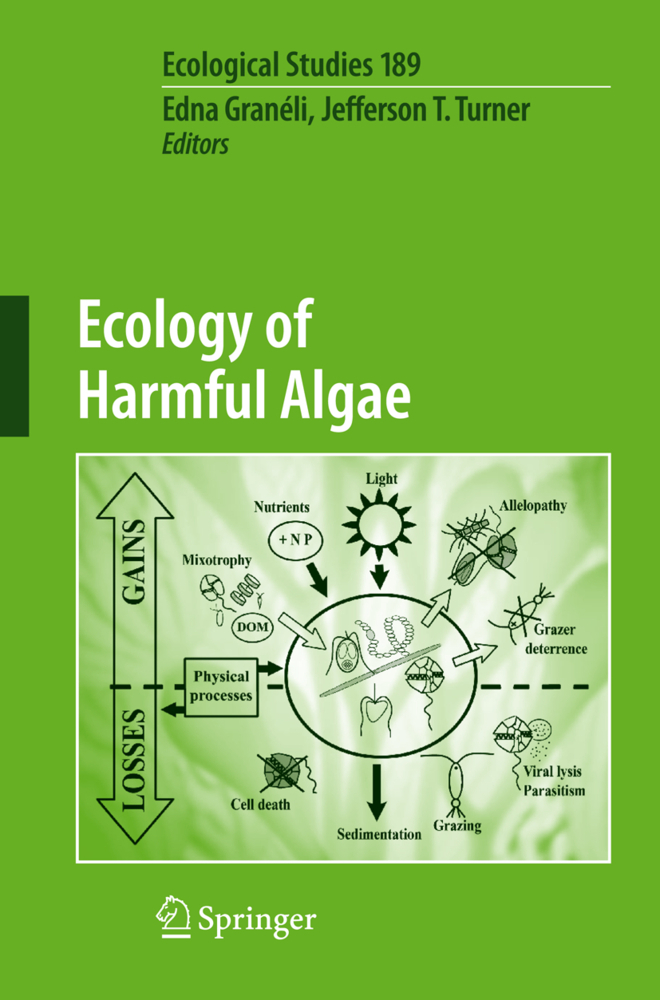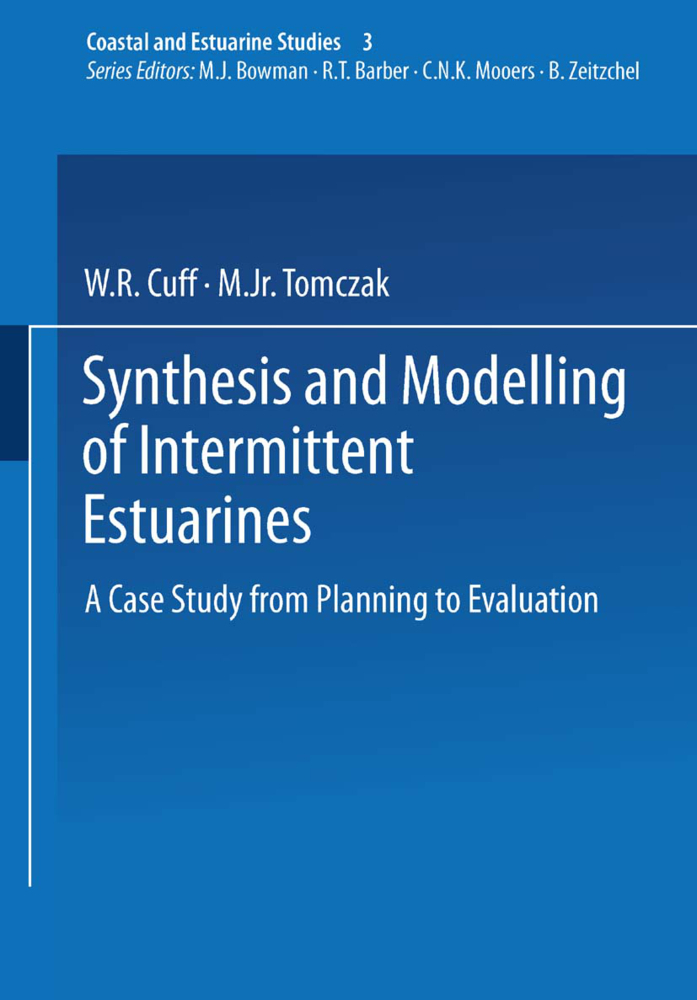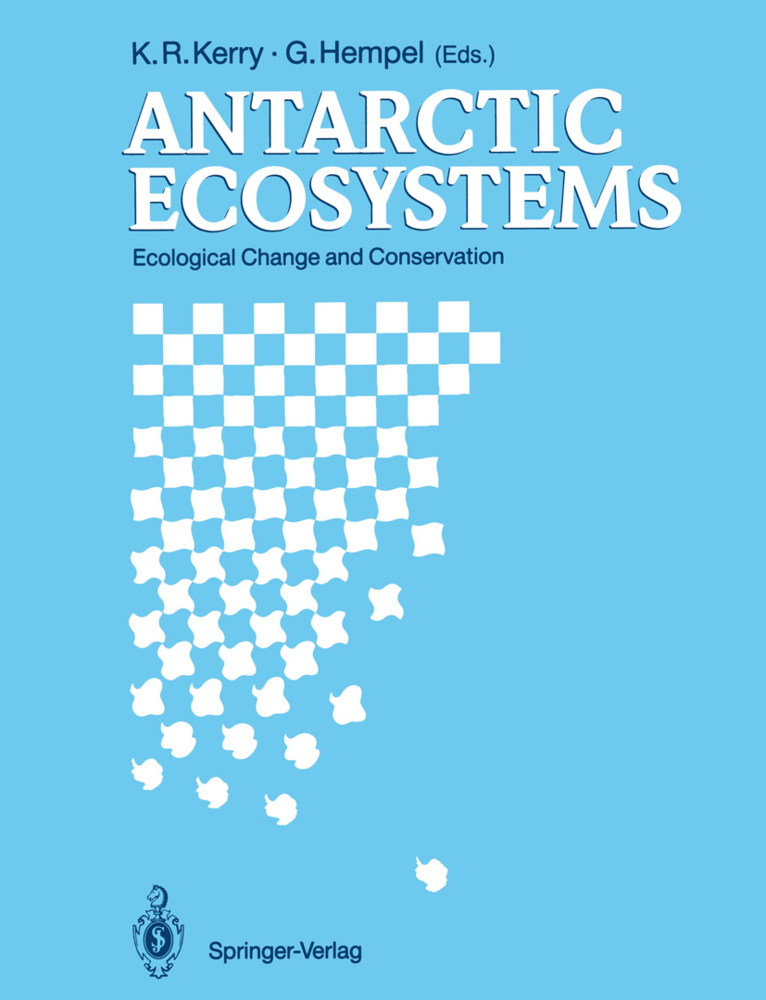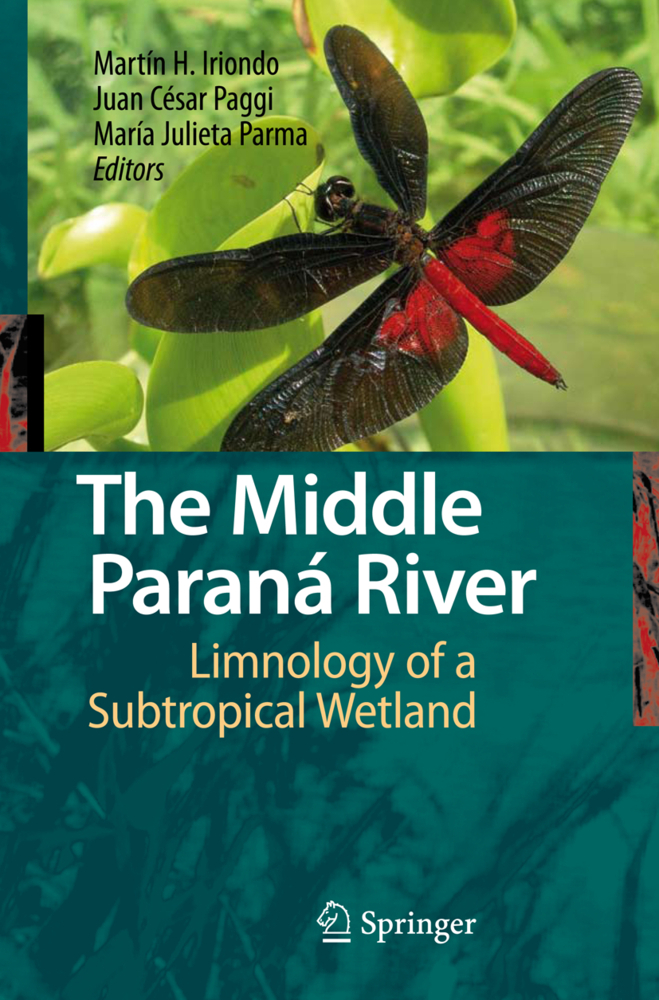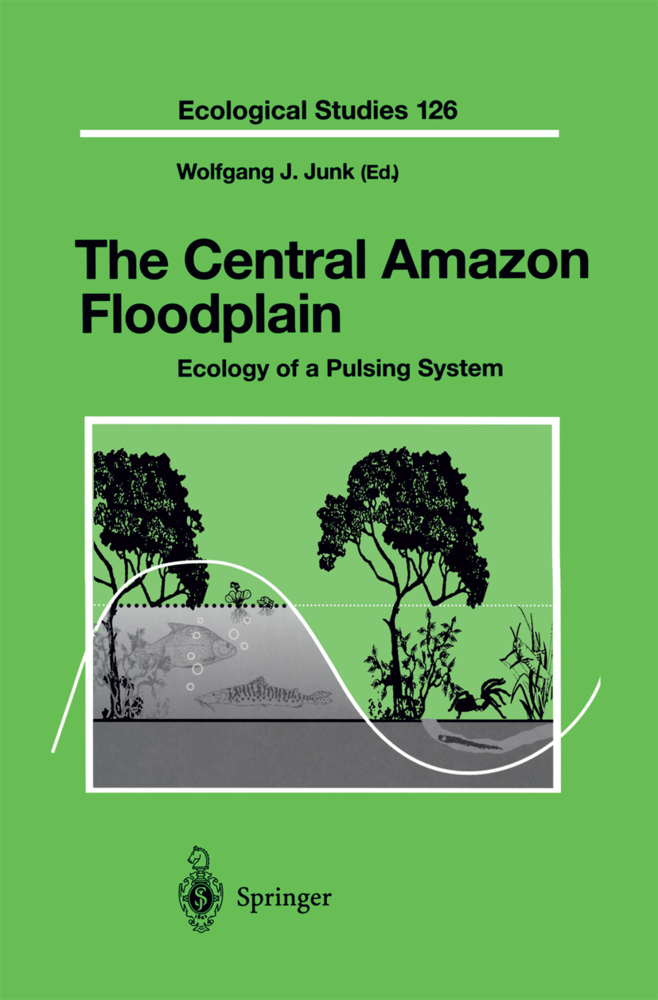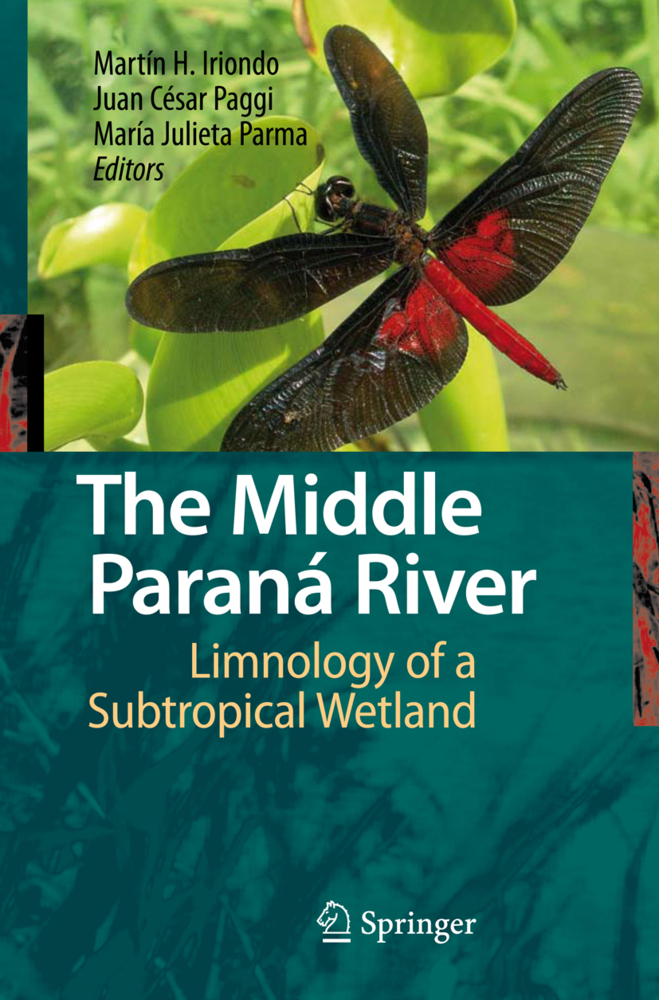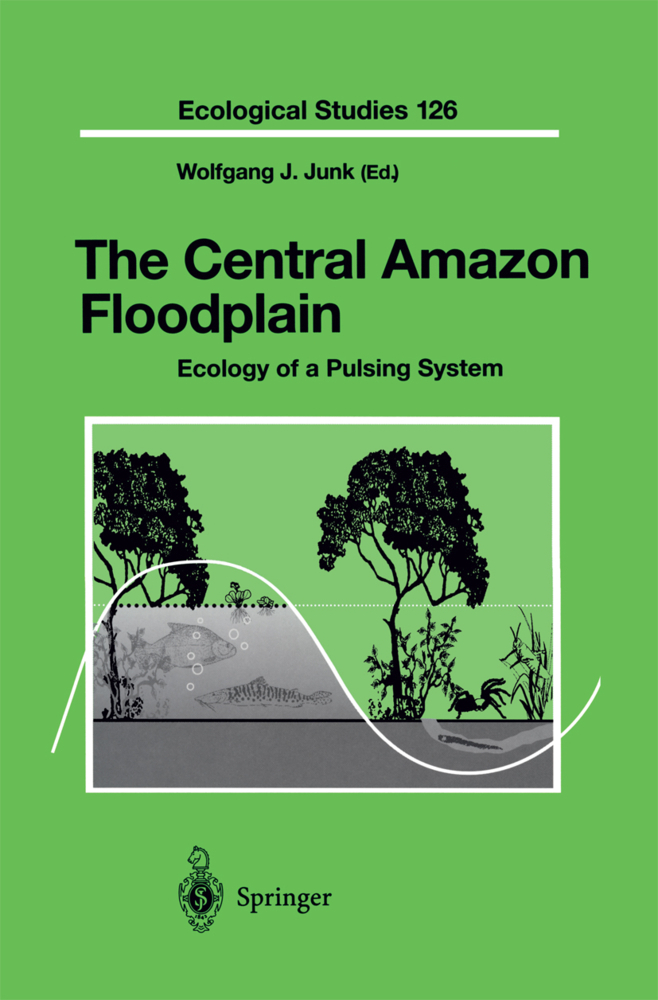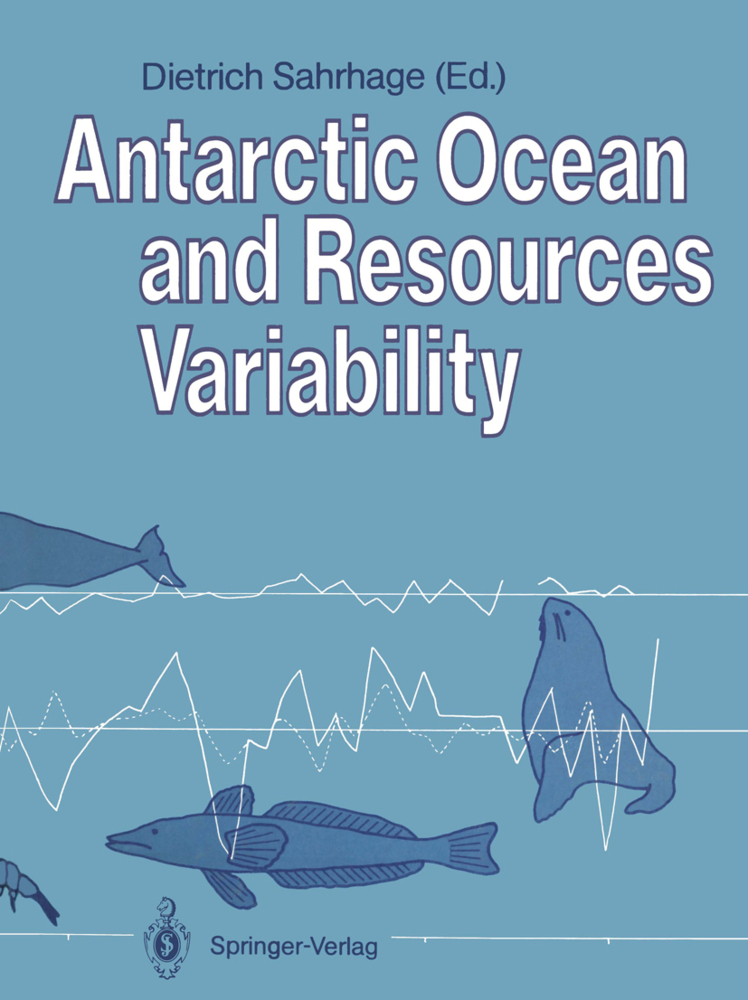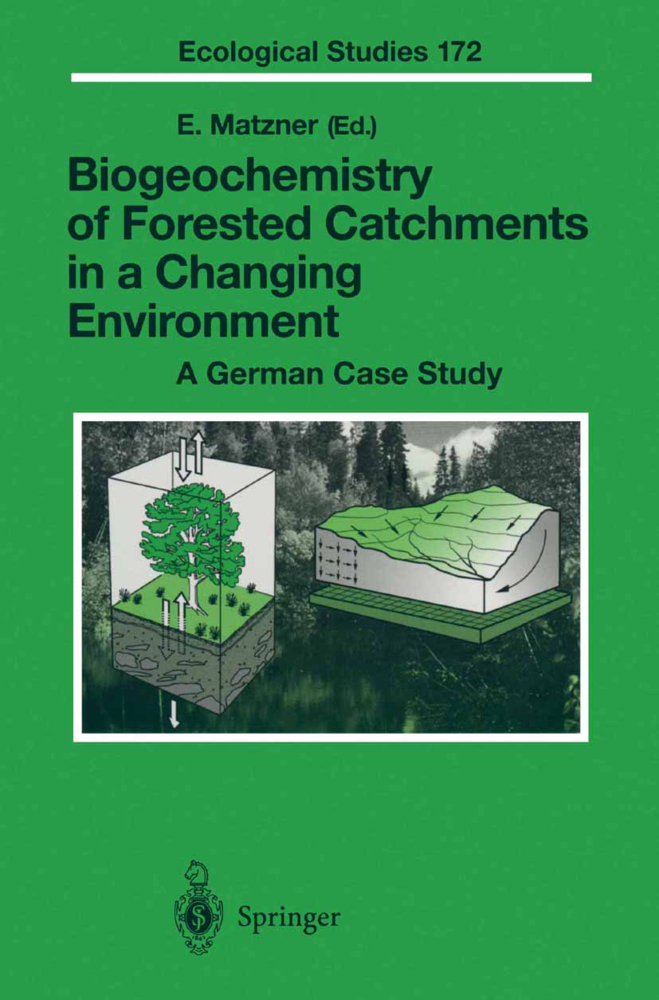Radioisotopic Methods in Hydrobiology
Radioisotopic Methods in Hydrobiology
Aquatic environments - marine and freshwater basins - are increasingly subject to anthropogenic stresses. Likewise, there is an increasing demand for better and more reliable methods for the monitoring and assessment of these large and important ecosystems and the interrelations between the physical and chemical features of water bodies. The use of radioisotopic techniques offers a wide range of methodological possibilities because all biologically active compounds contain long-living radioisotopes which make the analytical field and laboratory work possible without the precautions involved in direct radiation health hazards.
1.2 Measurement of Radioactivity
2 The Radiocarbon Method to Estimate Primary Production in Aquatic Environments
2.1 Introduction
2.2 Historical Proceedings
2.3 Technique of Measuring Phytoplankton Primary Production
2.4 Faults in the Radiocarbon Method and Problems in its Calibration
2.5 Use of the Radiocarbon Method to Determine Primary Production by Benthic Hydrophytes and Their Associations
3 Radioisotopic Methods for the Study of Nutrition in Aquatic Animals
3.1 Introduction. Alternative Methods
3.2 General Principles
3.3 Preparation of Labeled Food
3.4 Analyses of Basic Values Needed for the Calculation of Intensity and Efficiency of Nutrition
3.5 Use of 14C for Assessment of Nutritional Problems in the Ecology and Physiology of Aquatic Animals
3.6 Measurements of Absolute Rates of Feeding, Food Assimilability, and Respiration
3.7 Concluding Remarks
4 Use of Radioisotopic Methodology in Aquatic Microbial Ecology
4.1 Introduction
4.2 Estimation of Relative Microbial Activity in Aquatic Habitats
4.3 Determination of the in situ Decomposition Rates
4.4 Determination of Microbial Production
5 Use of Radioisotopes to Study Biogeochemical Cycling of Elements in Aquatic Environments
5.1 Introduction
5.2 Study of Microbial Methane Oxidation Using 14C
5.3 Estimation of in situ Methane Production Rates
5.4 Measurement of Nitrification Rate with the 14CO2 Dark Uptake Method
5.5 Studying Sulfur Cycling with the Aid of 35S
5.6 Study of Sulfate Reduction
5.7 Study of the Dynamics of Phosphorus
6 Assay of Some Common Hydrobiological Techniques
6.1 Techniques for the Quantification Density of Microplankton Populations
6.2 Quantification of Mesozooplankton
6.3 Total Plankton Respiration, Stock of Labile Organic Matter, and its Turnover Time
6.4 Determination of Free H2S and Labile Sulfides in Bottom Sediments
6.5 Conclusion
References.
1 General Features of Radioisotopic Methodology and Measurement of Radioactivity
1.1 Physical Background1.2 Measurement of Radioactivity
2 The Radiocarbon Method to Estimate Primary Production in Aquatic Environments
2.1 Introduction
2.2 Historical Proceedings
2.3 Technique of Measuring Phytoplankton Primary Production
2.4 Faults in the Radiocarbon Method and Problems in its Calibration
2.5 Use of the Radiocarbon Method to Determine Primary Production by Benthic Hydrophytes and Their Associations
3 Radioisotopic Methods for the Study of Nutrition in Aquatic Animals
3.1 Introduction. Alternative Methods
3.2 General Principles
3.3 Preparation of Labeled Food
3.4 Analyses of Basic Values Needed for the Calculation of Intensity and Efficiency of Nutrition
3.5 Use of 14C for Assessment of Nutritional Problems in the Ecology and Physiology of Aquatic Animals
3.6 Measurements of Absolute Rates of Feeding, Food Assimilability, and Respiration
3.7 Concluding Remarks
4 Use of Radioisotopic Methodology in Aquatic Microbial Ecology
4.1 Introduction
4.2 Estimation of Relative Microbial Activity in Aquatic Habitats
4.3 Determination of the in situ Decomposition Rates
4.4 Determination of Microbial Production
5 Use of Radioisotopes to Study Biogeochemical Cycling of Elements in Aquatic Environments
5.1 Introduction
5.2 Study of Microbial Methane Oxidation Using 14C
5.3 Estimation of in situ Methane Production Rates
5.4 Measurement of Nitrification Rate with the 14CO2 Dark Uptake Method
5.5 Studying Sulfur Cycling with the Aid of 35S
5.6 Study of Sulfate Reduction
5.7 Study of the Dynamics of Phosphorus
6 Assay of Some Common Hydrobiological Techniques
6.1 Techniques for the Quantification Density of Microplankton Populations
6.2 Quantification of Mesozooplankton
6.3 Total Plankton Respiration, Stock of Labile Organic Matter, and its Turnover Time
6.4 Determination of Free H2S and Labile Sulfides in Bottom Sediments
6.5 Conclusion
References.
Sorokin, Yuri I.
| ISBN | 978-3-642-64186-2 |
|---|---|
| Medientyp | Buch |
| Copyrightjahr | 2011 |
| Verlag | Springer, Berlin |
| Umfang | XIII, 321 Seiten |
| Sprache | Englisch |

